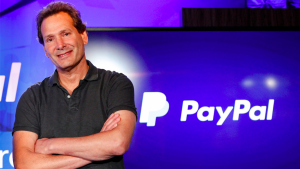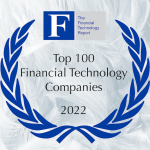When it comes to growth across big networks, there’s no better person to have at the helm as Dan Shulman. Shulman was recruited to Paypal as its CEO in 2014. Recently he explained the jewel that Venmo is within the Paypal corporation. Venmo is growing tremendously with a volume that’s expected to hit $1.0 billion by the end of this year. It taps into the cultural adoption wave of social and peer to peer technologies.
According to Shulman, “My view on Venmo is it’s an incredibly precious asset for us. We ought to keep investing in it, adding more services to it, continue to monetize it, and see the revenue start to scale quite nicely. Eventually, that will lead to profitability, but I wouldn’t predict exactly what quarter we will turn profitable on that.”
In parallel timing, the large national and regional banks teamed up to create Zelle. But Zelle really caters to an older demographic and use case. For example, the average transaction on Zelle is about $250 and frequency is about once a week whereas Venmo transactions are around $50 and occur three to four times a week. Shulman doesn’t seem to be worried, he doesn’t view the peer to peer payments market as a winner takes all situation.
Unsurprisingly, significant growth is expected to come from Asia. The beauty of the payments market, as Shulman explains, is that its relevant in almost every region of the world and could represent up to a $100 trillion market. Venmo launched in India about a year ago and believes Japan, Indonesia and China are all great opportunities as well.
Shulman is no stranger to steering towards and through growth. In his time as CEO of Priceline.com, he reportedly grew the company from $20 million to $1.0 billion in revenue in a two year time frame. Moreover, at Virgin Mobile USA, Shulman led the company from its national launch in 2002 to becoming a public company in 2007 to its sale to Spring Nextel in 2009. His long 18 year tenure at AT&T, where he worked in his earlier professional years, ultimately led to him becoming president of the company’s $22 billion core consumer long distance building, overseeing roughly 40,000 employees. It’s no doubt that those early years were extremely formative in Shulman developing a knack for leading large high-growth organizations.
























